Neuraxial adjuvants for prevention of perioperative shivering during cesarean section:A network meta-analysis following the PRlSMA guidelines
Yi-Wei Zhang, Juan Zhang, Jia-Qi Hu, Chun-Lei Wen, Shu-Yang Dai, Dan-Feng Yang, Li-Fang Li, Qi-Biao Wu
Abstract
Key words: Neuraxial adjuvants; Shivering; Cesarean section; Prevention; Network metaanalysis
INTRODUCTION
There are about 18.5 million cesarean deliveries performed each year worldwide[1].Neuraxial anaesthesia is the commonest technique for obstetric anesthesia because it is easy to handle, underspent, and of less adverse effects or complications[2].Perioperative shivering is very common during caesarean section under neuraxial anaesthesia, with an incidence of 29%-54%[3], which increases catecholamine excretion,maternal metabolic rate, carbon dioxide production, and oxygen consumption,thereby interfering with the operation and anesthesia monitoring[4,5].In clinical practice, several neuraxial drugs have been used as adjuvants to local anaesthetics for obstetric anesthesia[6,7], and some of them have been found to alleviate the side effects,including shivering[8,9], but the results of these studies are still controversial, because there are also a few studies showing that some neuraxial adjuvants did not reduce the incidence of the side effects during cesarean section[6,10].Furthermore, so far, there are no relevant guidelines or standards available for clinical practice, and it remains to identify the most preferable neuraxial adjuvant for shivering prevention in the puerperae undergoing cesarean sections.
In the present analysis, we performed a network meta-analysis (NMA) to comprehensively compare the effects of several neuraxial adjuvants on shivering and other adverse reactions during caesarean section, with an aim to help guide clinicians in making optimal preventive regimen for puerperae undergoing cesarean sections.
MATERIALS AND METHODS
This systematic review and meta-analysis were conducted following the Preferred Reported Items for Systematic Review and Meta-analysis (PRISMA) guidelines.
Search strategy and criteria
We searched for available clinical trials in PubMed, EMBASE, Web of Science, and Cochrane Central databases that published by August 7, 2018.The retrieval was not restricted by age, data, or language.The combinations of our search terms were(“shivering” or “chill” or “chillness”) AND (“l(fā)umbar anaesthesia” or “subarachnoid anaesthesia” or “regional anaesthesia” or “intrathecal anaesthesia” or “neuraxial anaesthesia” or “spinal anesthesia” or “peridural anesthesia” or “extradural anesthesia” or “epidural anesthesia”) AND (“caesarean” or “caesarean” or “csection”).
Studies included in this study should meet the following criteria:(1) Surgery type:Caesarean section; (2) Anesthesia type:Spinal anesthesia (SA), epidural anesthesia(EA), or combined spinal-epidural anesthesia (CSEA); (3) Administration time:During the anesthesia; (4) Administration method:intrathecal or extradural; and (5)Original and prospective clinical trials.
Types of interventions were:Local anesthetics plus neuraxial adjuvant in the experimental group; local anesthetics plus placebo in the control group.All kinds of local anesthetics and neuraxial adjuvants were eligible.
We excluded descriptive literature reviews or systemic reviews, case reports, and studies that were unable to extract any data by reviewing titles, abstracts, and full papers.All the included studies met the inclusion criteria.
Outcomes
Our primary outcome was the incidence of shivering during and after caesarean section.Most studies graded shivering with a scale described by Crossley and Mahajan:0:No shivering; 1:Piloerection or peripheral vasoconstriction but no visible shivering; 2:Muscular activity in only one muscle group; 3:Muscular activity in more than one muscle group but not generalized shivering; and 4:Shivering involving the whole body[11].So we incorporated data only when the grade of shivering was greater than or equal to the grade 2.
The secondary outcomes were the incidence of other adverse reactions including:(1) Nausea; (2) Vomiting; (3) Pruritus; (4) Hypotension; and (5) Bradycardia.Postoperative nausea and vomiting were reported in a few eligible studies, and these data were extracted and pooled to evaluate the corresponding outcomes.Additionally, when the data came with time point, we took the data at the longest time point.
Data extraction
According to our protocol, all of our data were independently extracted and assessed by two investigators using a standard data table, and any disagreements were solved through consultation with the third party.The following contents were extracted from the included studies:first author and publication year, sample size, intraoperative ambient temperature, type of anesthesia, administration method, local anesthetic intervention, and clinical outcomes.We used the Cochrane Collaboration’s Risk of Bias Tool to assess the risk of bias of eligible studies[12].
Statistical analysis
We performed NMA to synthesize evidence using STATA software (version 14.0).Odds ratio (OR) was used to estimate all outcomes.Surface under the cumulative ranking curve (SUCRA) represented the corresponding ranking of each outcome; the higher the value, the more effective the intervention.After that, the degree of inconsistency was analyzed by the node-splitting method, and the risk of publication bias is shown on funnel plots[13,14].
RESULTS
Study selection and characteristics
As showed in the flow diagram (Figure 1), 476 records were screened after initial searches in PubMed, EMBASE, and the Cochrane Library.And 51 citations remained after exclusion of duplicate articles by screening title and abstracts.Finally, 26 studies with 2054 puerperae were selected for full text reviews (Figure 1), which were performed in 10 countries from 1990 to 2017[3,6-10,15-34].The included studies compared the following 9 neuraxial adjuvants with placebo:Fentanyl, sufentanil, pethidine,morphine, dexmedetomidine, magnesium sulfate, clonidine, tramadol, and midazolam.Three types of anesthesia were used in the included studies:SA in 17 studies (65.4%), EA in 3 (11.5%), and CSEA in 6 (23.1%).Three kinds of local anesthetics were used in the studies:bupivacaine (76.9%), ropivacaine (15.4%), and lidocaine (7.7%).The specific concentrations of local anesthetics are presented in Table 1.The network of eligible comparisons of all adjuvants for shivering is showed in Figure 2; 21 studies were two-arm trials and 5 were three-arm trials.
Primary outcome (shivering)
Twenty-six studies with a total of 2054 patients reported data of the incidence of shivering.Compared with placebo, eight adjuvants decreased the incidence of shivering, and four of them demonstrated statistically significant effects (Figure 3)(pethidinevsplacebo:OR = 0.15, 95%CI:0.07-0.35; fentanylvsplacebo:OR = 0.20,95%CI:0.09-0.43; dexmedetomidinevsplacebo:OR = 0.25, 95%CI:0.11-0.54; sufentanilvsplacebo:OR = 0.35, 95%CI:0.16-0.78).Besides, as showed in SUCRA curve graph(Figure 4), the four largest SUCRA values were as follows:Pethidine (83.9), fentanyl(75.1), dexmedetomidine (66.9), and sufentanil (53.3).
Secondary outcomes (other adverse events)
Overall, fentanyl reduced the incidence of nausea (fentanylvsplacebo:OR = 0.34,95%CI:0.15-0.79) and vomiting (fentanylvsplacebo:OR = 0.25, 95%CI:0.11-0.56)compared with the control groups.On the contrary, patients treated with pethidine showed a higher incidence of nausea (pethidinevsplacebo:OR = 3.15, 95%CI:1.04-9.57) and vomiting (pethidinevsplacebo:OR = 3.71, 95%CI:1.81-7.58).Besides,sufentanil reduced the incidence of vomiting (sufentanilvsplacebo:OR = 0.34, 95%CI:0.14-0.80) and hypotension [sufentanilvsplacebo:OR = 0.47, 95%CI:0.23-0.96).However, the incidence of pruritus increased when sufentanil was used (sufentanilvsplacebo:OR = 20.37, 95%CI:2.44-169.96)].Differences in the incidence of bradycardia between the intervention and control groups were not statistically significant.A complete summary table with SUCRA values and effect size is displayed in Table 2.
Risk of bias assessment
The risk of bias assessment is presented in Figure 5.Three of the included studies[6,16,18]were rated as high risk of bias due to inappropriate allocation concealment, selective data reporting, and unclear reporting of statistical methods.The asymmetry in the funnel plots indicated publication bias (Figure 6).
Inconsistency
We used the node-splitting method to assess inconsistency.As shown in Figure 7, the majority of loops had no inconsistent results and the inconsistency of pruritus was relatively high compared with other outcomes.
DISCUSSION
Neuraxial anesthesia is widely used in lower abdominal surgery including cesarean section.Traditional neuraxial anesthesia only uses local anesthetic, which is often accompanied with the emergence of perioperative complications[35].Shivering is one of the common complications of obstetric anaesthesia.Patients with shivering often suffer from uncontrolled muscular activity.The etiology of shivering is multiple and complicated.The risk factors responsible for shivering in puerperae undergoing caesarean sections may be intraoperative body heat and fluid loss, response to pain,or excitement of the sympathetic nervous system[36].Because of the high incidence of shivering during caesarean section, the prevention of shivering has become an indispensable part of obstetric anaesthesia.
In current obstetric anaesthesia, combination of local anaesthetics and adjuvants has been a new choice for anesthetists to reduce side effects[37].Several medications have been applied to obstetric anaesthesia as adjuvants and some of them have been reported to reduce shivering.We conducted the present NMA and comprehensively assessed the preventive effects of common adjuvants:Fentanyl, sufentanil, pethidine,morphine, dexmedetomidine, magnesium sulfate, clonidine, tramadol, and midazolam.
The results showed that pethidine, fentanyl, dexmedetomidine, and sufentanil hadpreventive effects on perioperative shivering during caesarean sections.Of note,pethidine, fentanyl, and sufentanil are opioids, and according to the research, opioids have a hyperthermic effect through the activation of μ-receptor, which might be the anti-shivering mechanism of opioids[38].Moreover, compared with the other two opioids, pethidine has a better preventive effect on shivering.Several studies have indicated that the anti-shivering mechanisms of pethidine are different from those of other opioids.Besides activating the μ-receptors, it has a modulatory effect on shivering threshold and thermoregulation[39,40], which may help explain why pethidine has the highest rank of anti-shivering effect.
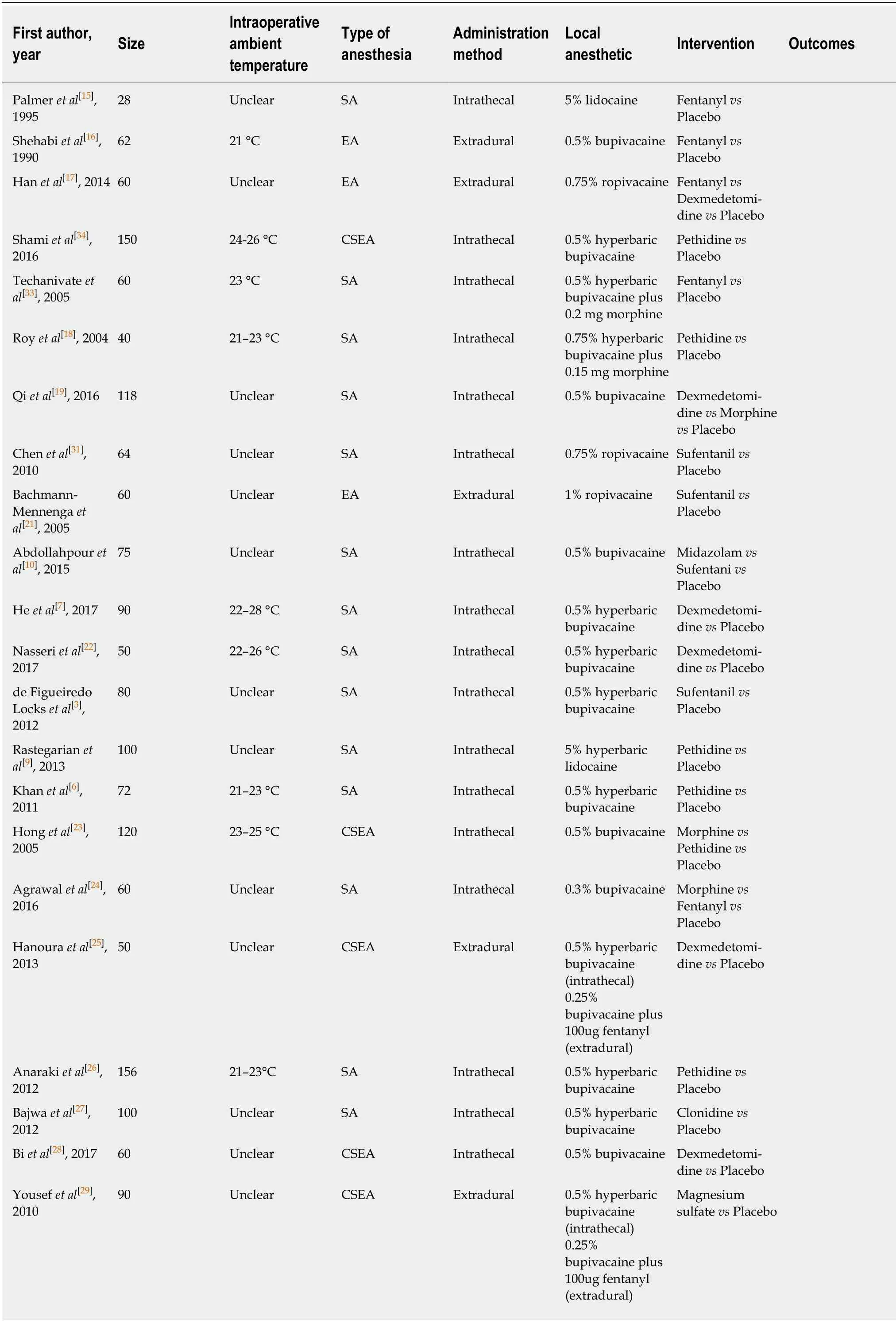
Table 1 Characteristics of included trials and patients

SA:Spinal anesthesia; EA:Epidural anesthesia; CSEA:Combined spinal-epidural anesthesia; Outcomes:Shiver; Nausea; Vomiting; Pruritus; Hypotension; Bradycardia.
Dexmedetomidine is approved for procedural sedation use, but it is mainly for non-intravenous administration or peadiatric use.Recent studies have shown that dexmedetomidine may be a safe intrathecal supplement in Cesarean delivery[7,22].
Several studies demonstrated that α2adrenoreceptor (α2-AR) agonists (including clonidine and dexmedetomidine ) have a potential prophylactic effect on shivering in patients[41,42].Another study showed that α2-AR agonists markedly inhibited shivering in rats[43].Dexmedetomidine is one of the emerging α2-AR agonists, possessing almost eight times higher α2-AR affinity compared to clonidine[44].As our results indicated,clonidine had a weak preventive effect on shivering.Dexmedetomidine can quickly be absorbed and subsequently agitate α2-ARs in the spinal cord, leading to the inhibition of sympathetic activity and central thermoregulation[45].The attenuation of hyperadrenergic response to perioperative stress could be another mechanism of action of dexmedetomedine for shivering control.
In terms of other adverse events, the present study indicated that pethidine significantly increased the risk of nausea and vomiting, while fentanyl significantly reduced the risk to the contrary.Both drugs are opioid receptor agonists and it is well known that opioids often increase the risk of nausea and vomiting in the clinical situation.The mechanism of nausea and/or vomiting after opioid use is complex[46].However, interacting with μ-opioid receptors in the vomiting center may be the main mechanism of the anti-nausea and anti-vomiting effects of higher dose opioids[47].Barneset al[48]reported that the appropriate dose of fentanyl has a great inhibitory effect on drug-induced emesis.The different dose of opioids used as adjuvants may lead to the opposite results, which can help to explain the above findings of our study.
In addition, our study revealed that sufentanil significantly increased the incidence of pruritus than other drugs, including morphine, although pruritus was mostly mild,and no puerperae required treatment.As shown in Table 2 and Figure 7, the relatively high heterogeneity variance of pruritus, wide confidence interval, and potential inconsistency exist; further research is needed to confirm these findings.
The present analysis is the first NMA of the preventive effects of neuraxial adjuvants on perioperative shivering during caesarean section, revealing that pethidine, fentanyl, dexmedetomidine, and sufentanil could decrease the incidence of perioperative shivering in puerperae.In addition, our study comprehensively analyzed the effects of neuraxial adjuvants on the other adverse reactions, indicating the optimal adjuvant, which can not only prevent shivering, but also reduce other adverse events.
There are several limitations of this NMA.First, some outcomes, such as the Apgar score, could not be analyzed due to the lack of sufficient studies.Second,heterogeneity and potential risk of bias weakened the reliability of the results.Third,the incidence of adverse events may be confounded by different kinds of local anesthetic, the type of anesthesia, the dose of adjuvant, individual characteristic, or different type of intraoperative warming.Because of the limited number of included studies and inadequate information, the relevant subgroup analyses and stratified analyses were not possible.
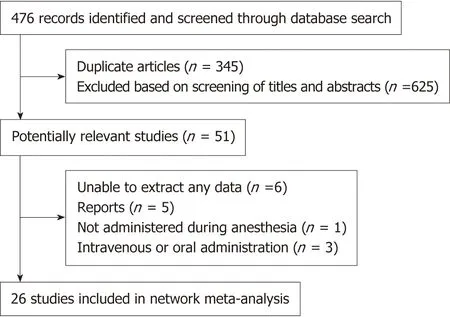
Figure 1 Flow chart of literature search and selection process, inclusion, and exclusion.
In conclusion, the results of our study clearly suggest that, based on the available evidence, neuraxial pethidine, fentanyl, dexmedetomidine, and sufentanil are more efficacious than other medications in the prevention of shivering during caesarean sections.Although pethidine is the most effective adjuvant for shivering prevention, it significantly increases the incidence of nausea and vomiting.Considering the riskbenefit profiles of the included neuraxial adjuvants, fentanyl is probably the optimal choice.
Future clinical trials are still needed to further assess the efficacy and safety of neuraxial adjuvants for the puerperae and neonates, the optimal doses of the medications, and the timing of administration,etc., thus contributing to the establishment of a guideline of neuraxial adjuvant administration for obstetric anesthesia during caesarean sections.
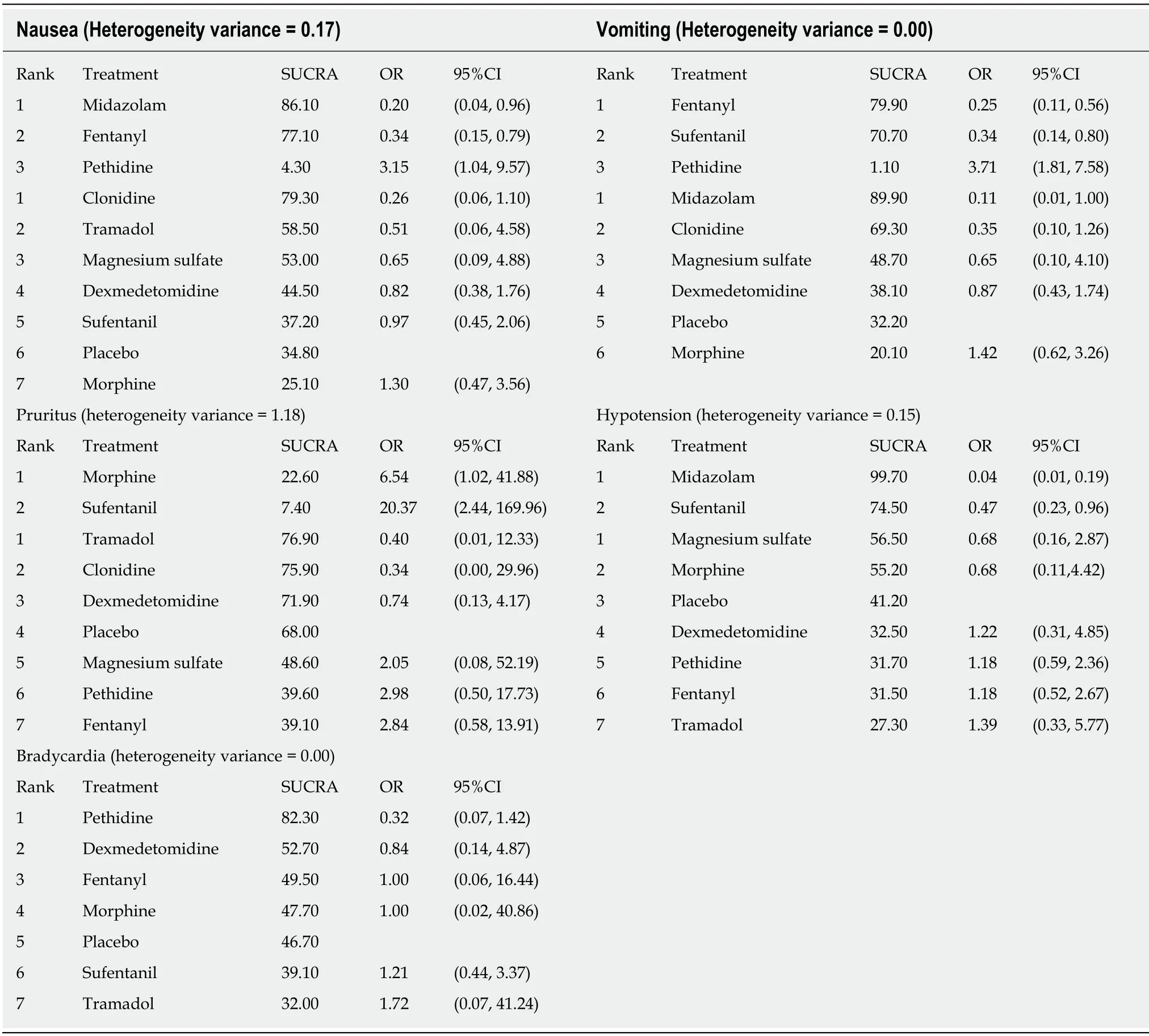
Table 2 SUCRA values and effect size in comparison to placebo
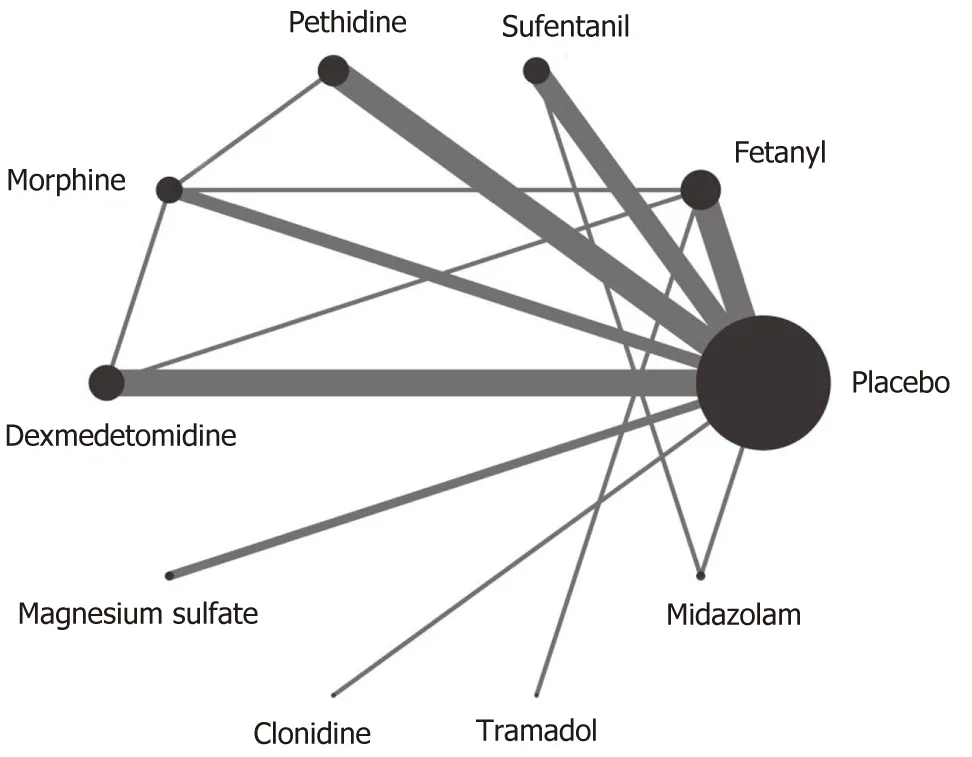
Figure 2 Network plot of eligible comparisons of all neuraxial adjuvants for the prevention of shivering.
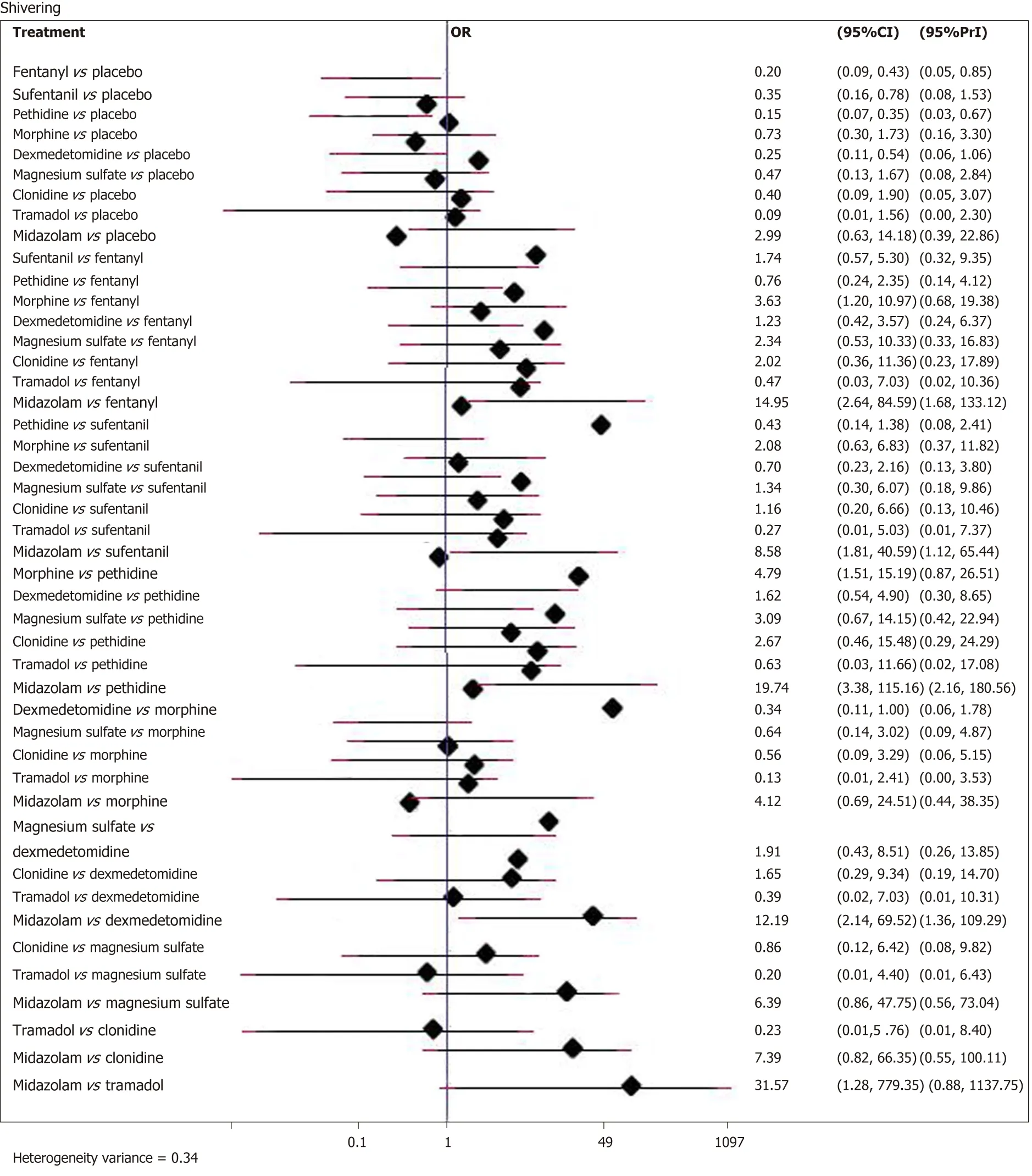
Figure 3 Forest plots of the effect of all neuraxial adjuvants in the prevention of shivering.
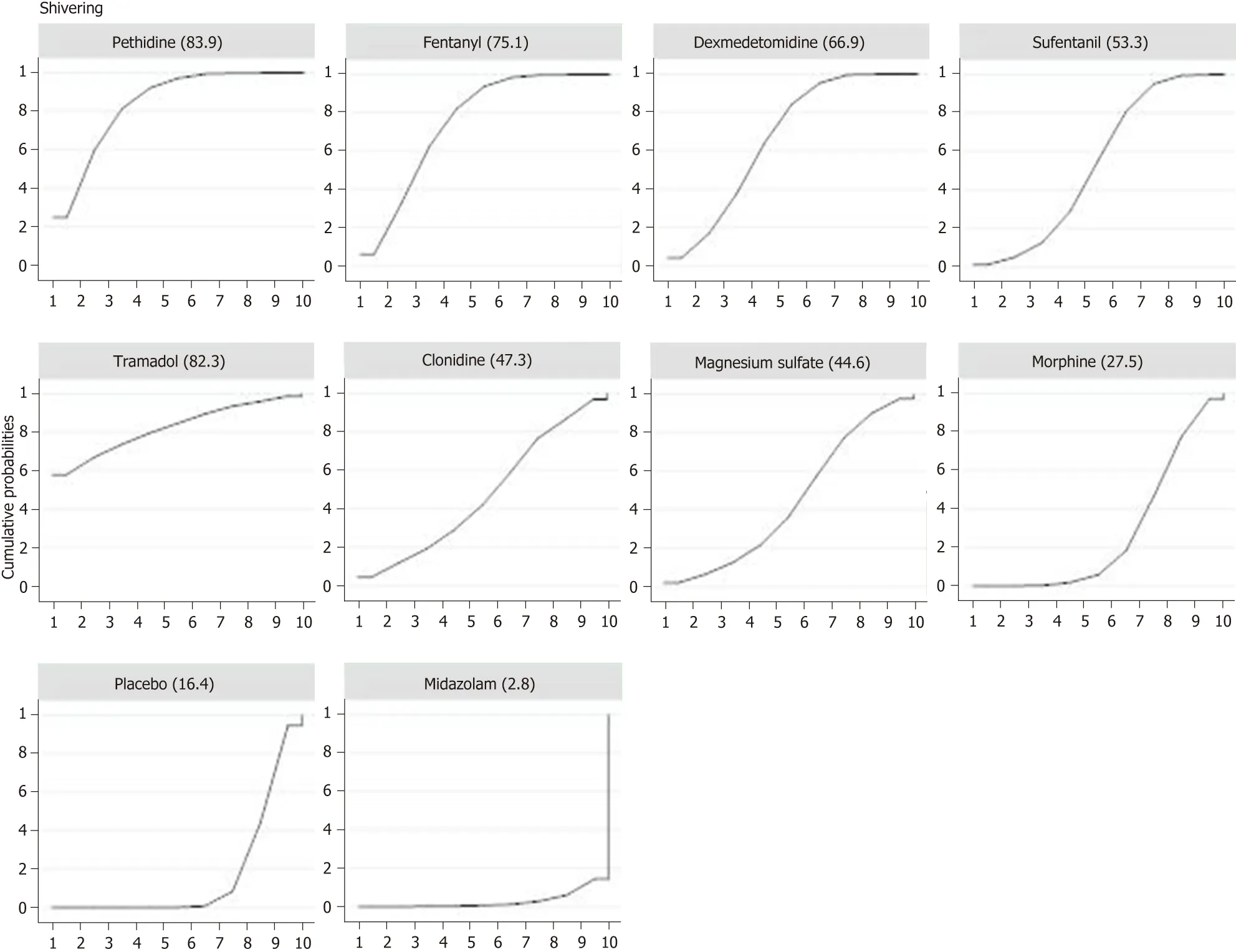
Figure 4 Ranking of SUCRA values of the incidence of shivering.
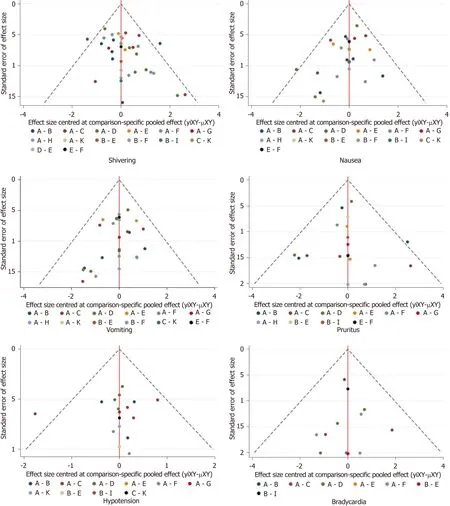
Figure 6 Funnel plots of publication bias.

Figure 7 lnconsistency plots, node-splitting assessment.
ARTICLE HIGHLIGHTS
Research background
Perioperative shivering is clinically common during caesarean section, and several neuraxial adjuvants have been used to prevent perioperative shivering.However, the effects of these neuraxial adjuvants and which one is preferred remain elusive.
Research motivation
To provide evidence for clinicians to choose the optimal neuraxial adjuvant to reduce perioperative shivering during cesarean section.
Research objectives
To evaluate the effects of different neuraxial adjuvants on perioperative shivering during cesarean section.
Research methods
A systematic review and network meta-analysis (NMA) were conducted following the PRISMA guidelines.We performed a comprehensive search of PubMed, EMBASE, Web of Science, and Cochrane Central databases for eligible clinical trials assessing the effects of neuraxial adjuvants on perioperative shivering.Analyses were performed using Review Manager 5.3 and Stata 14.0.
Research results
Pethidine, fentanyl, dexmedetomidine, and sufentanil are more efficacious than other medications in the prevention of shivering during caesarean sections.Among the above four adjuvants, pethidine was most effective for shivering prevention (OR = 0.15, 95%CI:0.07-0.35,SUCRA 83.9), but with a high incidence of nausea (OR = 3.15, 95%CI:1.04-9.57) and vomiting(OR = 3.71, 95%CI:1.81-7.58).The efficacy of fentanyl for shivering prevention was slightly inferior to pethidine (OR = 0.20, 95%CI:0.09-0.43), with a significantly decreased incidence of nausea (OR = 0.34, 95%CI:0.15-0.79) and vomiting (OR = 0.25, 95%CI:0.11-0.56).Furthermore,compared with sufentanil, fentanyl showed no impact on haemodynamic stability and the incidence of pruritus.
Research conclusions
The results of this NMA indicated that neuraxial pethidine, fentanyl, dexmedetomidine,sufentanil appear to be more efficacious than other medications in the prevention of shivering during caesarean section.Considering the risk-benefit profiles of the included neuraxial adjuvants, fentanyl is probably the optimal choice for the prevention of perioperative shivering during cesarean section.Although several neuraxial adjuvants have been reported to prevent shivering during caesarean section, very few clinical trials directly compared the neuraxial adjuvants during caesarean section.Thus, it is currently impossible to perform a pairwise metaanalysis to directly compare the difference between two neuraxial adjuvants.More clinical trials that directly compare these neuraxial adjuvants (e.g., neuraxial pethidinevsfentanyl) are needed to fully explore the possible differences between the effects of these adjuvants.
 World Journal of Clinical Cases2019年16期
World Journal of Clinical Cases2019年16期
- World Journal of Clinical Cases的其它文章
- Malignant syphilis accompanied with neurosyphilis in a malnourished patient:A case report
- Ex vivo revascularization of renal artery aneurysms in a patient with solitary kidney:A case report
- Pseudothrombus deposition accompanied with minimal change nephrotic syndrome and chronic kidney disease in a patient with Waldenstr?m's macroglobulinemia:A case report
- Hepatocellular carcinoma successfully treated with ALPPS and apatinib:A case report
- Treatment of invasive fungal disease:A case report
- Acute pancreatitis connected with hypercalcemia crisis in hyperparathyroidism:A case report
